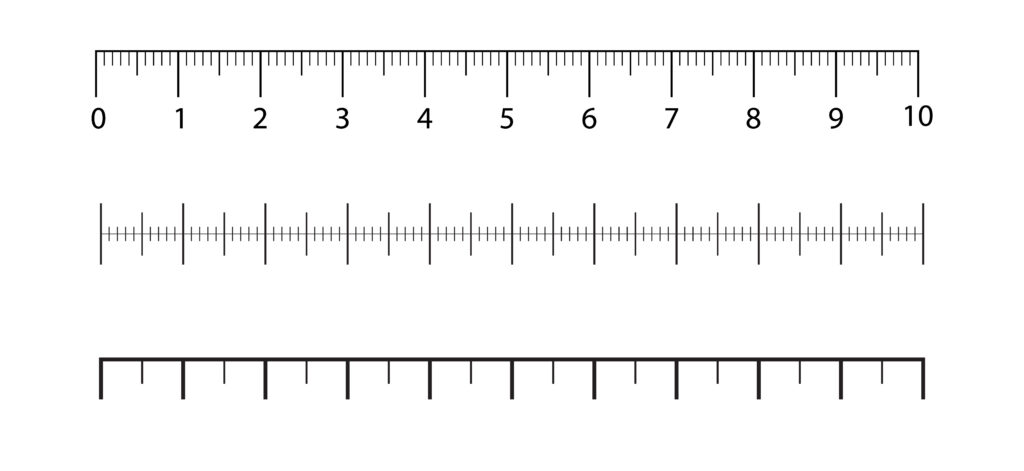Power Play
Explore the incredible power of exponents and exponential growth through two engaging and surprising activities.
Help & Instructions
▼- An Impossible Venture!: Click 'Fold Paper' to see how the paper's thickness grows exponentially with each fold.
- Tremendous in Ten!: Try to create the largest possible number using the digits 0-9 in only 10 seconds.
- Use the controls to start and reset the simulations and games.
- Understand the concept of exponential growth and powers.
- See how small initial values can grow to immense sizes.
- Develop an intuition for how to create extremely large numbers using basic arithmetic operations.
An Impossible Venture! 📄
A sheet of paper is about 0.1 millimeters thick. How thick will it be if you could fold it 42 times?
Tremendous in Ten! ⏱️
You have 10 seconds. Use the digits 0-9 (each only once) and any arithmetic operations (+, -, *, /) and exponents (^) to create the largest number possible. You don't have to use all digits.
These puzzles powerfully demonstrate **exponential growth**, where a quantity increases by a constant factor over equal intervals. This is modeled by the formula $y = a \cdot b^x$. The folding paper experiment is a perfect example, as the thickness doubles with each fold, represented by $T_n = 0.1 \times 2^n$.
The Mathematics Behind the Puzzles
Exponents and Powers are at the heart of both activities:
- An exponent indicates how many times a base number is multiplied by itself (e.g., $2^3 = 2 \times 2 \times 2 = 8$).
- In the folding puzzle, the thickness grows by a power of 2 with each fold.
- For the number game, the largest numbers are created by using exponents, often stacked on top of each other, like in **tetration** (e.g., $9^{9^9}$).
These mathematical principles have practical applications in:
- Biology: Population growth and bacterial reproduction.
- Finance: Calculating compound interest on investments.
- Computer Science: The efficiency of many algorithms is described by powers, such as $O(2^n)$.
- Physics: Radioactive decay (exponential decrease) and chain reactions.


